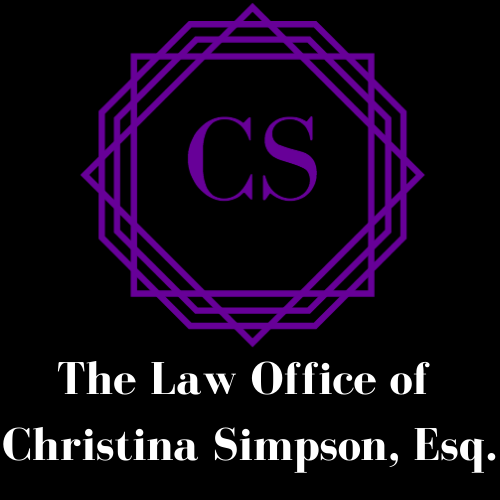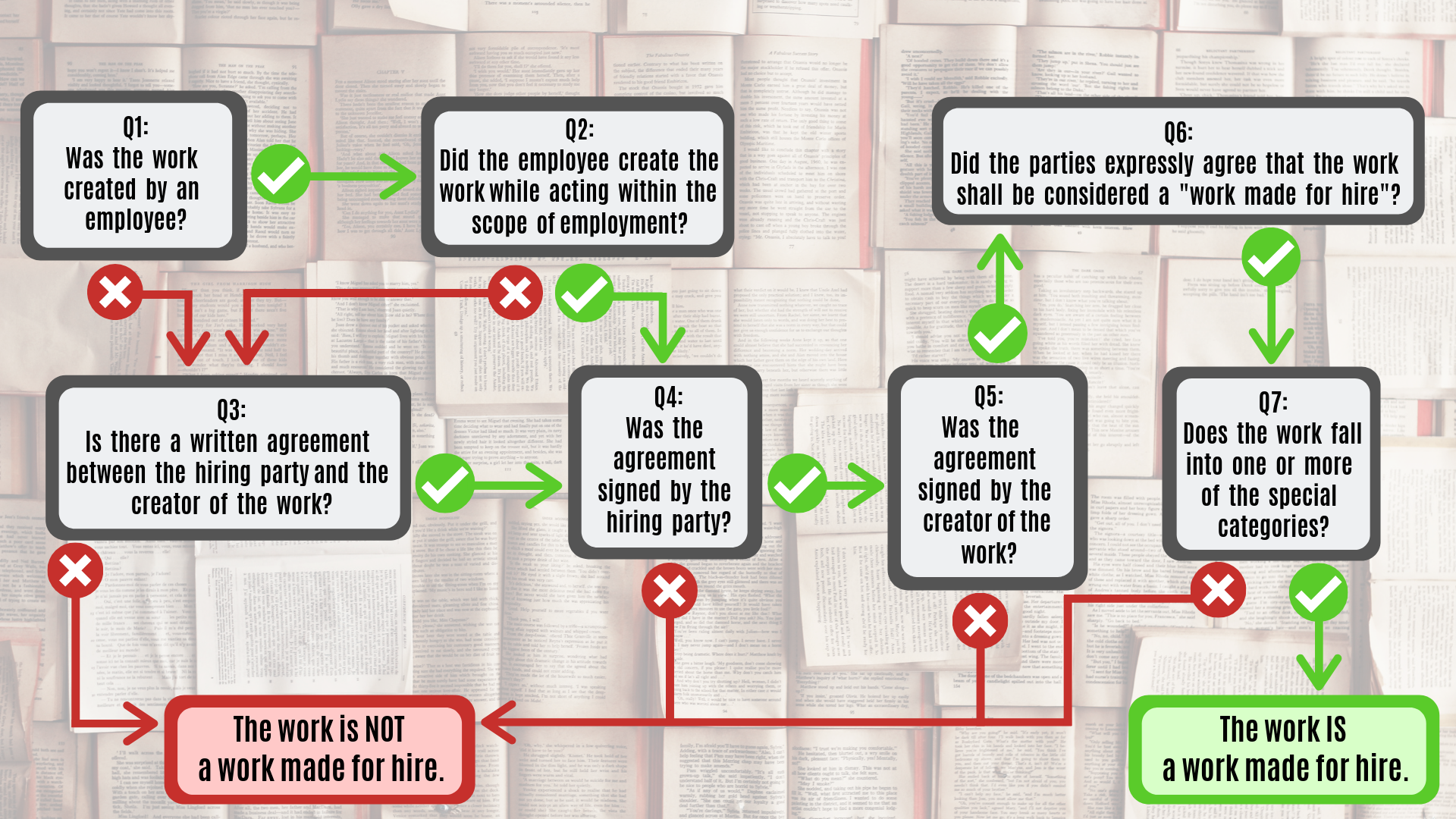What Is A Work Made For Hire?
Dec 21, 2018 (updated Jan 9, 2019) | Written by Kierra MacDougall, ESQ. | 4 min read
Copyright protects original works of authorship. You or your company may be undertaking projects that will result in copyrightable work. Computer software, sound recordings, photographs, graphic designs? These all may be copyrightable, allowing you as the owner to profit off of the creativity. Maybe you want to sell your creative products or even license the right to use them. Your right to do so will depend on who owns the copyright in the work. You may have put your whole heart and soul into creating an original work but may not even be entitled to owning it. If the work is considered a “work made for hire” then that will affect the authorship, copyright ownership, copyright term, and termination rights in that work -- all elements that determine whether you can make money off your (or someone else’s) creativity.
Copyrightable Work
A copyright is a legal right given to the creator of an original work. Subject to certain rules, a copyright is automatically created once the original work is reduced to some tangible form. Normally, the author of the original work is the one who created the original work. It is the author who initially owns the copyright. The owner of a copyright has the exclusive right to (i) make copies of the work, (ii) adapt the work, (iii) distribute copies to the public, (iv) publicly display the works, and (v) publicly perform the works. The authorship can change from the creator of the work to the one who commissioned the work (the hiring party) if the the work is considered to be a “work made for hire.” This situation usually arises in and employer/employee relationship.
Works Made for Hire A work is “made for hire” when (1) an employee creates the work within the employee’s scope of employment and (2) the work is specifically created as a result of an agreement between the creator of the work and the hiring party. The work must also fall into the category of being…
a contribution to a collective work,
a part of a motion picture or other audiovisual work,
a translation,
a contribution to a collective work,
a part of a motion picture or other audiovisual work,
a translation,
a supplementary work,
a compilation,
an instructional text,
a test,
answer material for a test, or
an atlas.
When a work is “made for hire” the owner of the copyright is no longer the one who created the work. Instead, the one who directed, ordered, or instructed the creation of the work becomes the owner of the work – unless the two parties agreed otherwise. How can you determine whether a work is made for hire? Follow the questions provided in the chart and see if the work your dealing with is a “work made for hire.”
QUESTION 1: Was the work created by an employee?
Where the work was created. On or off-site? If the creator is creating the work in a building owned by the hiring party then the creator might not have ownership in the work.
Resources used. If the creator used tools and equipment provided by and/or owned by the hiring party to create the work then the creator may lose his or her ownership in the copyright. However, check to see if any written agreement between parties state otherwise.
Method of payment. Did the creator receive a lump sum payment as compensation? If so, the creator may be considered an independent contractor, rather than an employee. As an independent contractor, assuming there is no agreement that states otherwise, the creator may be entitled to ownership in his or her original work. Where the creator is an employee, acting within scope of employment, the hiring party known (the employer) may take ownership to the copyrightable work.
Whether the hiring party is in business
Whether the work is part of the regular business of the hiring party
Must be within scope of employment. Look to the employment contract. What were the duties of the employee? Was the work created as a result of the employee performing these duties? Or did the employee go beyond what he or she normally does in the workplace to create this work?
QUESTION 2: Did the employee create the work while acting within the scope of employment?
Right to assign additional projects. The copyright owner has the exclusive right to do certain things with the original work. Part of those exclusive rights include the right to assign the copyright to another. In land property situations, you cannot just give away land you do not own. Similarly, you cannot give away a copyright unless you own the copyright. If one party has this right to give away, it supports an argument that the party is the copyright owner.
The creator’s role in hiring and paying additional support. If the creator of the original work has the responsibility of hiring and paying support staff then the creator may be entitled to ownership in the copyrightable work.
QUESTION 3: Is there a written agreement between the hiring party and the creator of the work?
The relationship between the creator and the commissioning/hiring party. Look at the duration of the relationship. Have the two parties worked together before? Understanding the previous relationship may help in determining the intentions of the parties.
The provision of employee benefits
The tax treatment of the hired party
QUESTION 4: Was the written agreement signed by the hiring party?
QUESTION 5: Was the written agreement signed by the creator of the work?
QUESTION 6: Did the parties expressly agree that the work shall be considered a “work made for hire”?
QUESTION 7: Does the work fall into one or more of the following special categories?
a contribution to a collective work,
a part of a motion picture or other audiovisual work,
a translation,
a contribution to a collective work,
a part of a motion picture or other audiovisual work,
a translation,
a supplementary work,
a compilation,
an instructional text,
a test,
answer material for a test, or
an atlas.
The Works Made for Hire doctrine can have a serious impact on the way you do business. For a deeper understanding of how the doctrine applies to you and how you can leverage your rights on copyrightable works, please reach out to Attorney Christina A. Simpson, Esq. here.
Hashtags: #whatisaworkmadeforhire #worksmadeforhire #copyright #employee #authorship #ownership #creativity #photography #photographer #freelancer #coder #music #musician #graphicdesigner #licensing #agreement #IP #intellectualproperty #boston #massachusetts #christinasimpsonlaw #CSlaw #attorney



